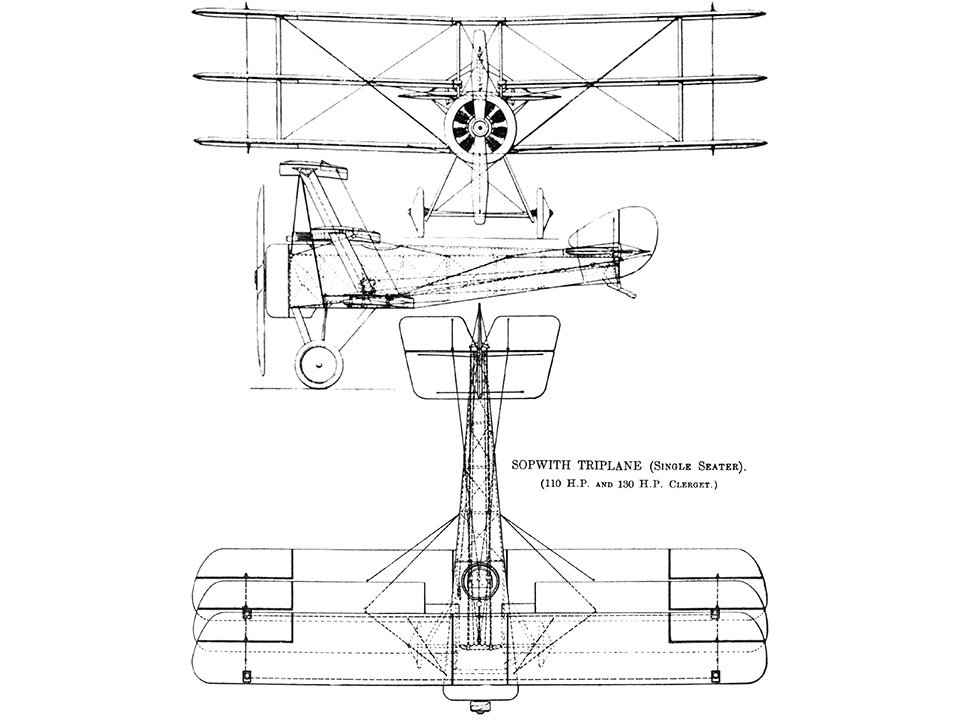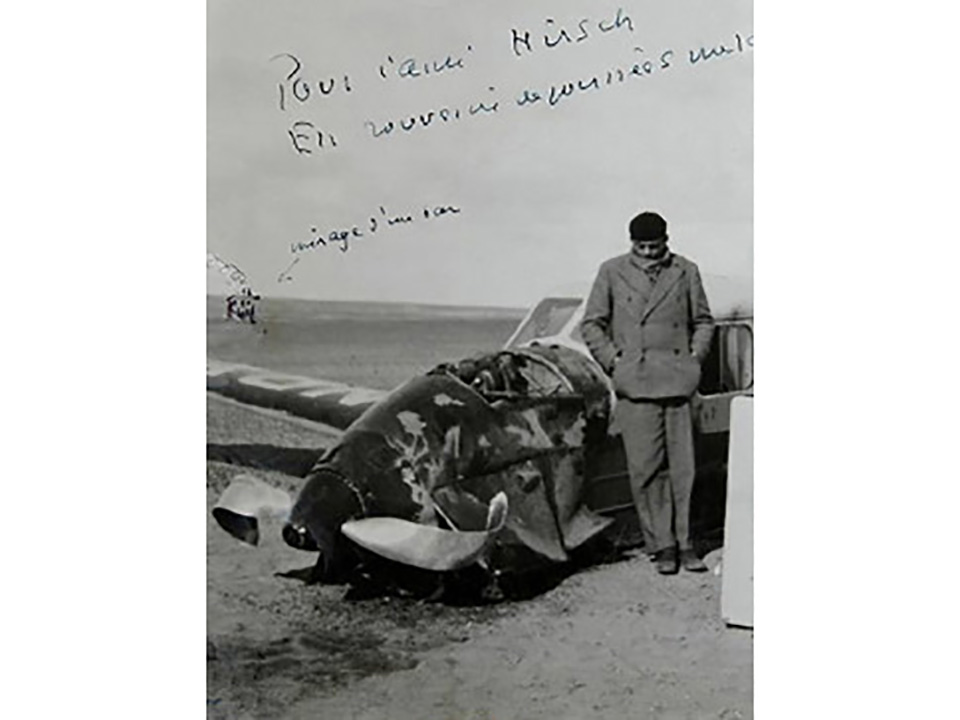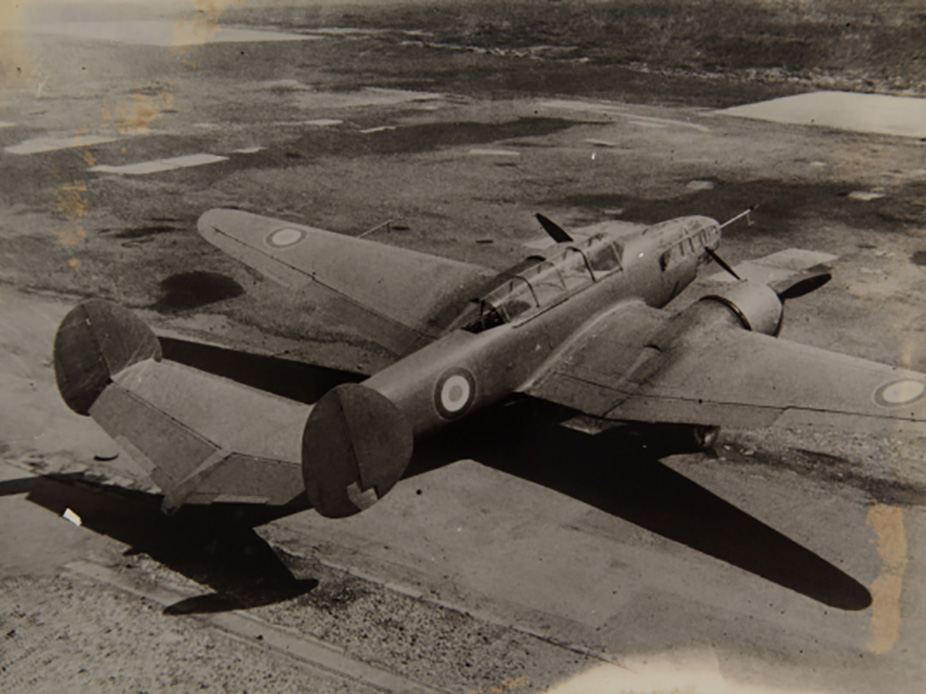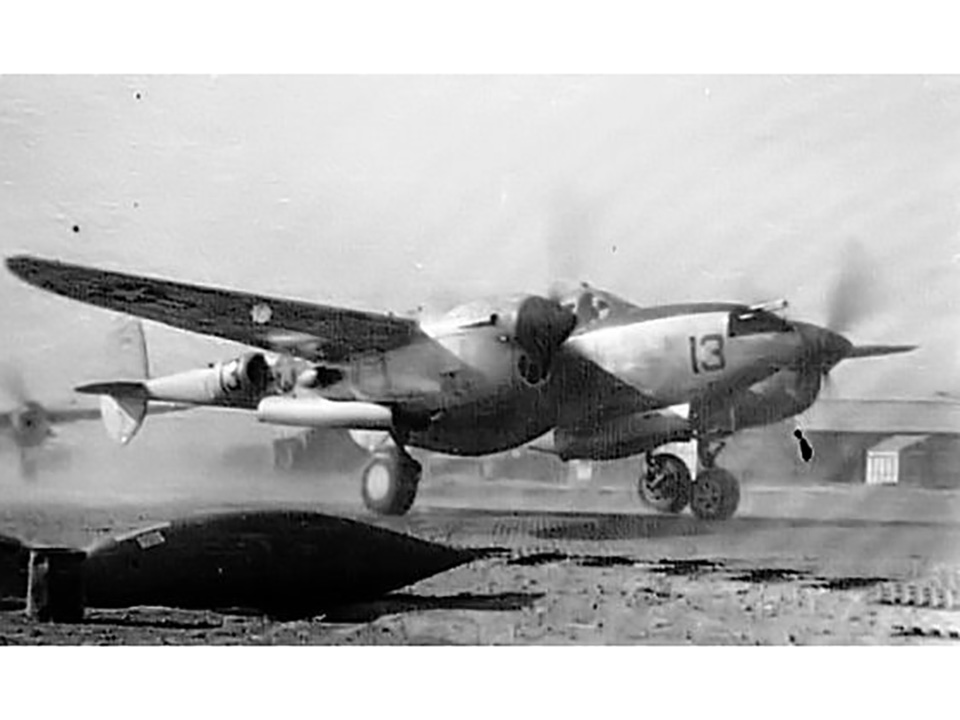Antoine de Saint-Exupéry, author of The Little Prince and other timeless works of literature, was also a daring French aviator who lost his life in action during World War II.
Antoine de Saint-Exupéry, world-renowned author of The Little Prince and other important works of literature, also was an aviation pioneer who lost his life under mysterious circumstances during World War II.
Born in Lyon, France in 1900, he was the scion of an aristocratic family and grew up in relative comfort, although he became accustomed to heartbreak as his beloved younger brother François died of rheumatic fever at just 15 years old. Antoine was a student during World War I, and he joined the French military in 1921. His first posting was to the cavalry, but ever since taking his first airplane flight in 1912 he had wanted to be a pilot. Securing transfer to the French Air Force, Saint-Exupéry soloed for the first time in a Sopwith triplane and so earned his pilot’s wings. Thus began a love affair, amounting to an obsession with flying that would last for the remainder of his life.

After a short posting to Morocco in North Africa, Saint-Exupéry left the air force, but he did not stop flying. Early in 1923 he crashed his airplane and suffered a skull fracture. Undeterred, he began a career as a mail pilot, flying all over western Europe and North Africa. His love for the desert and the people who lived there led Saint-Exupéry to become director of an airfield in the western Sahara. From there he flew throughout the region, among other things rescuing pilots whose aircraft had gone down in the harsh and forbidding region. The skills he learned in this work would come in handy later on.

Saint-Exupéry standing next to the wreckage of his Caudron Simoun aircraft in the Sahara, 1935. Courtesy of Frankfurter Allgemeine Zeitung.
In 1929, Saint-Exupéry moved to Argentina where he became director of an airmail line. He also began writing, publishing his first two novels, Southern Mail and Night Flight, based on his own adventures. His greatest adventure, though, came in 1935 when he attempted a flight from Paris to Saigon in French-ruled Indochina in bid to beat the airspeed record for that distance. His aircraft, a Caudron Simoun touring monoplane, crashed in the Sahara after 20 hours of flight. Saint-Exupéry and his navigator had nothing but a little wine, a thermos of coffee, a couple of oranges, grapes, and a bit of chocolate with a few crackers. After four days they were nearly dead, until a desert tribesman rescued them. The experience would become the central event in Saint-Exupéry’s 1939 memoir Wind, Sand and Stars.

When World War II began in 1939, Saint-Exupéry was in the process of recovering from severe injuries he had received in yet another aircraft crash in Guatemala during the previous year. He nevertheless applied for and was accepted as a reconnaissance flier in the French Air Force, using a two-engine Bloch 174 aircraft. After the collapse of France, he fled to the United States, spending the next couple of years there and in Canada advocating for the liberation of his country from German occupation and also denouncing the Vichy French rump state that collaborated with the Nazis. It was during his time in the United States that Saint-Exupéry wrote The Little Prince, which was published there in 1943.
Saint-Exupéry was desperate not just to return to the air, but to rejoin the fight for his homeland. Yet he was 43 years old, with a bevy of injuries that left him unable to turn his head to the left or even to dress without assistance. Saint-Exupéry was a figure of international renown, however, whose participation in Free French military efforts would have tremendous publicity value; and so it was inevitable that his repeated applications to return to service would be granted. He therefore returned to service in North Africa as a reconnaissance pilot in April 1943, flying an F-5B variant of the P-38 Lightning. A crash on his second flight boded ill for Saint-Exupéry’s future, but he was nevertheless ushered back into service after recuperating.

On July 31, 1944, in preparation for the impending Operation Dragoon, the Allied invasion of southern France, Saint-Exupéry took off from an airfield on the island of Corsica to take reconnaissance photographs in the area of Grenoble, France. He never returned. Eight days later Saint-Exupéry was officially declared missing in action, presumed shot down by the enemy. Exactly what happened remains a mystery.
In 1998, a French fisherman found Saint-Exupéry’s identity bracelet in the ocean off Marseille, and two years later divers found the remains of his aircraft in the same area. This led to the rediscovery of reports from August 1944, of the discovery of a body that could not be identified but was in French uniform washing ashore nearby at that time. Yet this location was far off Saint-Exupéry’s flight path. Although there were reports, never confirmed, that a German pilot had shot down an aircraft like a P-38 in the area on July 31, underwater archaeologists were unable to find any evidence of damage from enemy action in the remains of the aircraft.
Regardless of how he met his fate, Antoine de Saint-Exupéry’s dedicated service to his country during World War II offered a fitting capstone to his literary work which continues to delight young and old to this day.



No comments:
Post a Comment